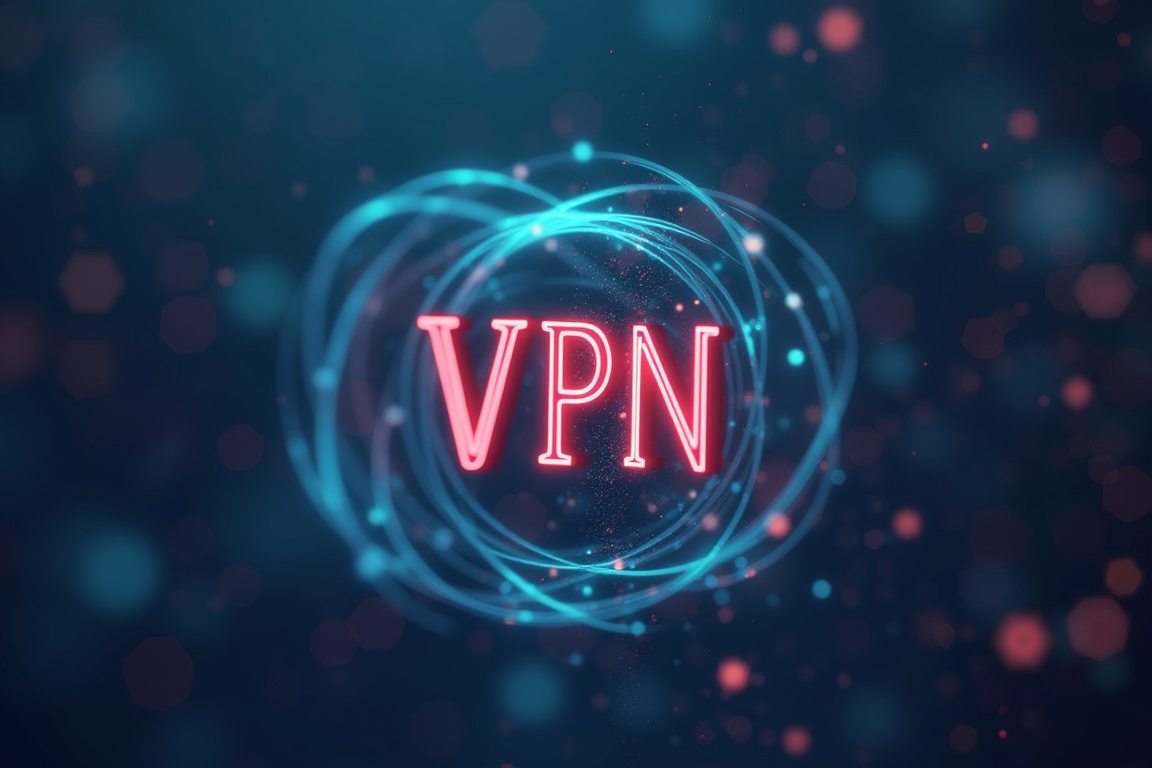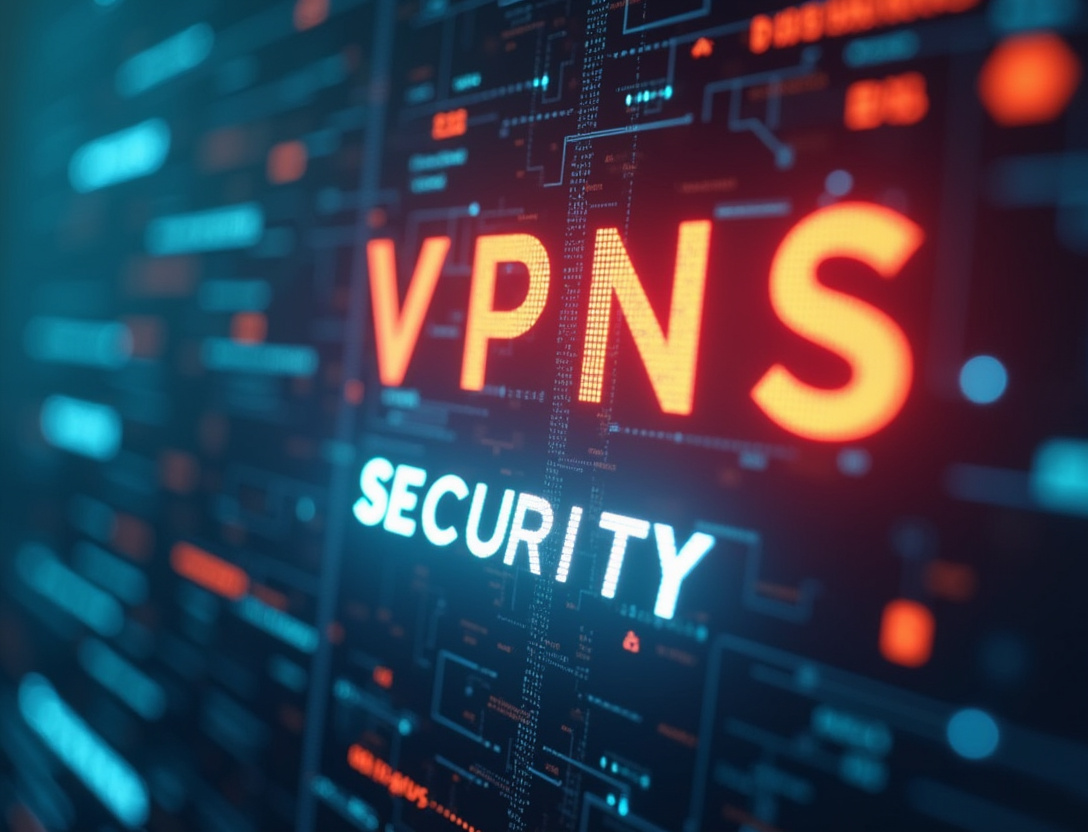The Evolution of VPN Technology: Past to Present

Table of Contents
VPN evolution
The story of is intrinsically linked to the growing concerns surrounding and the increasing sophistication of online threats. What began as a niche solution for corporate networking has blossomed into a powerful tool for individuals seeking to protect their data and maintain anonymity in an increasingly surveilled digital landscape. This article will delve into the fascinating journey of VPN technology, exploring its origins, the crucial that shaped it, the driving forces behind its widespread adoption, and the that empower users to navigate the internet with enhanced security and peace of mind.
From the era of expensive dedicated lines to the present day of user-friendly apps and sophisticated encryption protocols, the VPN has undergone a remarkable transformation, becoming an essential component of a comprehensive digital security strategy and a powerful advocate for internet freedom. Understanding this and its potential capabilities is crucial for navigating the ever-changing digital world. At its core, a VPN operates by creating a secure, encrypted tunnel between a user's device and a remote server, effectively masking their IP address and routing their internet traffic through the server's location.
This process achieves several key objectives that are paramount in today's digital age. Firstly, it obscures the user's true IP address. This makes it significantly more difficult for websites, advertisers, and, perhaps more importantly, government agencies to track their online activity and accurately identify their geographical location.
In a world where data is constantly being collected and analyzed, this level of anonymity provides a crucial layer of protection against unwanted surveillance and targeted advertising. Secondly, and perhaps most crucially, it encrypts the data transmitted through the tunnel. This encryption turns the data into an unreadable format for any eavesdroppers.
This includes hackers attempting to intercept sensitive information, internet service providers (ISPs) monitoring browsing habits, and other malicious actors seeking to exploit vulnerabilities. This encryption is particularly vital when using public Wi-Fi networks, which are notoriously unsecured and vulnerable to what are known as "man-in-the-middle" attacks, where attackers can intercept data as it is being transmitted. Thirdly, a VPN can effectively circumvent geographical restrictions imposed by websites, streaming services, and other online platforms.
This allows users to access content that would otherwise be unavailable in their specific region of the world. This is typically achieved by connecting to a VPN server strategically located in a country where the target content is freely accessible. For example, someone in Europe might connect to a VPN server in the United States to access streaming services or websites that are only available to US residents.
This functionality has made VPNs incredibly popular among travelers, expatriates, and anyone seeking to bypass censorship or access a wider range of online resources. The is not solely a technological one; it is also intricately intertwined with the rapidly shifting societal attitudes toward online security and the fundamental right to . As individuals become increasingly aware of the inherent risks associated with unrestricted internet access, and as governments around the world ramp up their surveillance capabilities, the demand for reliable and user-friendly VPNs is expected increase substantially.
This surge in demand further fuels within the VPN industry, leading to even more secure, faster, and feature-rich . The demonstrates a clear trajectory towards empowering users to take control of their online experience and safeguard their data in an increasingly complex and interconnected world.
VPN history
The can be traced back to the mid-1990s, a time when the internet was rapidly expanding, and businesses began to grapple with the challenge of securely connecting remote offices and employees to their internal networks. Prior to the advent of VPNs, organizations primarily relied on dedicated leased lines to establish private connections between locations. These lines offered a secure and reliable communication channel, but they were also prohibitively expensive, limiting their accessibility to large corporations with deep pockets.
As a result, small and medium-sized businesses were largely excluded from the benefits of secure remote access. The emergence of the internet as a viable alternative to dedicated lines presented a significant opportunity to reduce costs and extend connectivity. However, transmitting sensitive data over the public internet raised serious security concerns, especially concerning .
This is where the concept of the VPN began to take shape, driven by the need to protect business communications. Early VPNs were primarily designed to provide secure remote access for employees who needed to connect to corporate networks from home or while traveling. These solutions typically involved installing specialized software on the user's device and establishing an encrypted connection to a VPN server located within the company's network.
The VPN server acted as a gateway, authenticating the user and granting them access to internal resources as if they were physically present in the office. This addressed the immediate need for secure corporate communications but lacked the user-friendly interfaces and broader applications seen in today's . One of the earliest VPN protocols to gain widespread adoption was Point-to-Point Tunneling Protocol (PPTP).
PPTP was relatively easy to implement and offered a basic level of encryption, making it a popular choice for businesses seeking a cost-effective remote access solution. However, PPTP's security vulnerabilities, particularly its susceptibility to brute-force attacks, were soon exposed, leading to the development of more robust and secure protocols. This highlights the ongoing as a constant race against emerging threats.
The simplicity of PPTP, while initially appealing, ultimately proved to be its biggest weakness in the face of increasingly sophisticated hacking techniques. Another early VPN protocol was Layer 2 Tunneling Protocol (L2TP), which built upon PPTP by incorporating the IPsec security suite. IPsec provided stronger encryption and authentication mechanisms, making L2TP/IPsec a more secure option than PPTP.
However, L2TP/IPsec was also more complex to configure and manage, which limited its adoption among smaller businesses with limited IT expertise. This complexity underscored the need for VPN that prioritize both security and ease of use. The trade-off between robust security and user-friendliness remains a central challenge in the .
Despite their limitations, these early VPNs played a crucial role in shaping the and paving the way for the we use today. They demonstrated the potential of using the internet as a secure transport medium and highlighted the importance of encryption and authentication in protecting sensitive data. The core principles established during this initial phase of the continue to inform the development of VPN technology.
These initial protocols laid the groundwork for future innovation by clarifying the fundamental requirements for secure and reliable VPN connections. Furthermore, they spurred the development of more sophisticated encryption algorithms and authentication methods. The shortcomings of these early protocols served as valuable lessons, guiding the industry toward more secure and user-friendly solutions that address the evolving threats to in the modern internet landscape.
technology advancements
The late 1990s and early 2000s witnessed significant in VPN technology, driven by the increasing demand for more secure and flexible solutions. One of the most important developments during this period was the emergence of Secure Sockets Layer (SSL) and its successor, Transport Layer Security (TLS). SSL/TLS are cryptographic protocols that provide secure communication over a network, and they quickly became the foundation for a new generation of VPNs, which are today considered and are designed to protect .
This marked a significant turning point in the , shifting the focus from purely corporate applications to broader consumer use. SSL/TLS-based VPNs offered several advantages over their predecessors. Firstly, they were easier to deploy and manage, as they could be implemented using standard web browsers and required minimal client-side software installation.
Secondly, they provided stronger encryption and authentication mechanisms, making them more resistant to attack. Thirdly, they were more versatile and could be used for a wider range of applications, including secure web browsing, e-commerce transactions, and remote access. This versatility contributed significantly to the increasing popularity and availability of VPN services.
The user experience was also dramatically improved, leading to wider adoption by less technically inclined users. One of the most popular SSL/TLS-based VPN solutions to emerge during this period was OpenVPN. OpenVPN is an open-source VPN protocol that offers a high level of security and flexibility.
It supports a variety of encryption algorithms and authentication methods, and it can be configured to run on a wide range of platforms, including Windows, macOS, Linux, and mobile devices. OpenVPN's open-source nature has allowed it to be thoroughly vetted by security experts, making it one of the most trusted and secure VPN protocols available. This transparency fosters trust and confidence among users, furthering the cause of .
The community-driven development model ensures that OpenVPN remains responsive to emerging threats and continues to evolve to meet the needs of its users. In addition to SSL/TLS-based VPNs, the late 1990s and early 2000s also saw the development of IPsec VPNs. IPsec VPNs provided a high level of security and were often used in enterprise environments.
However, they were also complex to configure and manage, limiting their appeal to individual users. Despite the complexity, IPsec remains a cornerstone of secure network communication, and its continued refinement contributes to the overall security landscape of VPN technology. The rise of mobile devices in the late 2000s further accelerated the .
As smartphones and tablets became increasingly prevalent, the need for secure mobile VPN solutions grew accordingly. VPN providers responded by developing mobile apps that allowed users to easily connect to VPN servers and protect their data while using public Wi-Fi hotspots. This accessibility was a crucial step in democratizing access to VPN technology, making it available to a much wider audience and empowering individuals to take control of their online security.
These mobile apps simplified the configuration process, allowing users to connect to a VPN server with just a few taps. This user-friendliness was essential for attracting new users who may have been intimidated by the technical complexities of earlier VPN solutions. These reflect the growing importance of protecting in an increasingly mobile world.
digital privacy
The 2010s marked a period of explosive growth and diversification in the VPN industry, fueled by increasing awareness of concerns and the growing sophistication of cyber threats. The Snowden revelations in 2013, which exposed widespread government surveillance programs, served as a watershed moment, galvanizing public interest in VPNs and other privacy-enhancing technologies. This event dramatically accelerated the , pushing it from a niche technology to a mainstream tool for protecting online activity.
The increased media coverage of data breaches, hacking incidents, and online censorship further contributed to the growing demand for VPNs. This surge in demand led to a proliferation of VPN providers, each offering a variety of features, pricing plans, and server locations. This increased competition drove innovation and led to the development of more user-friendly and feature-rich .
VPN providers began to differentiate themselves by offering features such as: ad blocking, malware protection, kill switches (which automatically disconnect the internet connection if the VPN connection drops), and double VPN (which routes traffic through two VPN servers for enhanced security). These features cater to users with varying levels of technical expertise and concerns. The focus shifted towards providing a comprehensive security package rather than just basic encryption.
During this period, there were also significant in VPN protocols. WireGuard, a relatively new VPN protocol, emerged as a promising alternative to OpenVPN and IPsec. WireGuard is designed to be faster, more secure, and easier to configure than its predecessors.
It utilizes modern cryptography and a streamlined codebase, resulting in improved performance and reduced attack surface. WireGuard's growing popularity reflects the ongoing drive for more efficient and secure VPN solutions. It represents a significant step forward in the , addressing some of the limitations of older protocols.
Furthermore, the increasing adoption of streaming services and online gaming led to the development of VPNs optimized for speed and low latency. These VPNs prioritize bandwidth and server proximity to provide a seamless streaming and gaming experience. This specialization highlights the growing importance of VPNs in enhancing entertainment experiences, in addition to protecting .
The ability to bypass geographical restrictions and access content from different regions has become a major selling point for many VPN providers. However, the rapid growth of the VPN industry also brought challenges. The proliferation of VPN providers led to concerns about security, privacy, and transparency.
Some VPN providers were found to be logging user data, selling user information to third parties, or using weak encryption methods. This highlighted the importance of carefully researching VPN providers and choosing those with a proven track record of security and privacy. Users need to be aware that not all VPNs are created equal and that some may even pose a greater risk to their than using no VPN at all.
The serves as a reminder that constant vigilance is required to ensure that VPN technology is used responsibly and ethically.
digital privacy
Today, VPN technology continues to evolve at a rapid pace, driven by the ever-increasing demand for and the constant emergence of new online threats. The focus is shifting towards more sophisticated and user-centric that offer a comprehensive suite of security and privacy features. Artificial intelligence (AI) and machine learning (ML) are increasingly being integrated into VPNs to enhance security and optimize performance.
For example, AI can be used to detect and block malicious traffic, identify suspicious user behavior, and automatically select the optimal VPN server based on network conditions. These promise to make VPNs even more effective and user-friendly. One of the key trends shaping the future of VPN technology is the increasing emphasis on transparency and accountability.
Users are demanding more information about how VPN providers collect, use, and protect their data. VPN providers are responding by publishing detailed privacy policies, undergoing independent audits, and embracing open-source software. This commitment to transparency is essential for building trust and ensuring that VPNs are truly protecting user privacy.
The relies heavily on fostering trust between providers and users. Another important trend is the development of decentralized VPNs (dVPNs). dVPNs utilize blockchain technology to create a peer-to-peer network of VPN servers, eliminating the need for a centralized VPN provider.
This decentralized architecture makes dVPNs more resistant to censorship and surveillance. dVPNs represent a radical departure from traditional VPN models and hold the potential to revolutionize the way we protect our online. They distribute the responsibility for maintaining the network across a wide range of participants, making it more difficult for any single entity to control or compromise the system.
The rise of quantum computing also poses a potential threat to current encryption methods used by VPNs. Quantum computers could theoretically break many of the widely used encryption algorithms, rendering VPNs ineffective. Researchers are actively working on developing quantum-resistant encryption algorithms to mitigate this threat.
This is a critical area of research that will determine the long-term viability of VPN technology. The demonstrates a continuous cycle of adaptation and innovation in response to emerging threats. The transition to quantum-resistant encryption will be a crucial step in ensuring the ongoing security and benefits of VPNs Looking ahead, VPNs are likely to become an increasingly integral part of our online lives.
As the internet becomes more pervasive and our reliance on digital technologies grows, the need to protect our and security will only intensify. The is not just about technological advancements; it's about empowering individuals to control their online experience and safeguard their fundamental right to privacy in an increasingly interconnected world. are constantly being refined to meet the evolving needs of users, ensuring that VPNs remain a vital tool for navigating the complexities of the digital age.
The future of VPNs hinges on continued innovation, a commitment to transparency, and a relentless pursuit of ever-stronger security measures.
Stay Updated
Get the latest VPN news, tips, and exclusive deals to your inbox.




